At least 62 people have died as a result of a series of strong earthquakes that struck western Japan on Wednesday, while rescuers battled to extricate those who were thought to be buried beneath the debris of fallen buildings.
Two days after the region was struck by a magnitude 7.6 temblor, Ishikawa prefecture and surrounding areas were still shaken by aftershocks. Following a disaster, the first 72 hours are thought to be vital for saving lives.
In several places, there was still no cell phone service, no power, and no water. The residents lamented their uncertain prospects.
In several places, there was still no cell phone service, no power, and no water. The residents lamented their uncertain prospects.
"The mess isn't the only issue. There is a see through to the adjacent room because the wall has collapsed. A resident of Ishikawa named Miki Kobayashi declared, "I don't think we can live here anymore," as she swept around her home.
She said that an earthquake in 2007 had also destroyed the house.
According to local officials, the number of deaths in Suzu has increased to 22, with two of the most recent reports coming from that area. Nearby Wajima city, twenty-four persons lost their lives.
Even though the number of casualties progressively increased, it seemed that some of the damage had been mitigated by the early public warnings that were disseminated by phones and broadcasts, as well as the swift response from authorities and the general population.
"The mess isn't the only issue. There is a see through to the adjacent room because the wall has collapsed. Ishikawa resident Miki Kobayashi declared, "I don't think we can live here anymore," as she swept around her home.
She said that an earthquake in 2007 had also destroyed the house.
As to the Ishikawa Prefectural authorities, Wajima city recorded 29 deaths, while Suzu recorded 22 deaths. Numerous people, including those in other prefectures, have suffered severe injuries.
Even though the number of casualties progressively increased, it seemed that some of the damage had been mitigated by the early public warnings that were disseminated by phones and broadcasts, as well as the swift response from authorities and the general population.
Professor Toshitaka Katada of the University of Tokyo, who specialises in disaster relief, stated that because the region had recently experienced earthquakes, people were ready. Plans for evacuation and emergency supplies were prepared.
"No people on the planet are likely as prepared for disasters as the Japanese," he stated to The Associated Press.
Due to its location along the Pacific Rim, an arc of fault lines and volcanoes known as the "Ring of Fire," Japan is frequently struck by earthquakes.
Katada issued a warning, saying that things are still unstable and uncertain. There had been other earthquakes in northeastern Japan before the March 2011 quake and tsunami.
Saying, "This is far from over," was Katada.
Scientists' predictions have frequently been shown to be incorrect, as demonstrated by the 2016 earthquake in southwest Kumamoto, a region that was previously thought to be relatively earthquake-free.
It's highly risky to place too much faith in science's abilities. It's nature we have to live with," Katada remarked.
Aerial imagery from Japanese media outlets revealed extensive devastation in the most affected areas, including highways being covered in landslides, boats being thrown into the sea, and a fire that destroyed a portion of Wajima city.
One thousand soldiers from Japan's military have been sent to the disaster areas to assist with rescue operations. It was unclear how many more people could be buried beneath the debris.
Several nuclear plants in the area were reportedly running normally, according to nuclear regulators. Three reactors at a nuclear plant in northeastern Japan melted down and released a significant amount of radioactivity in 2011 as a result of a significant earthquake and tsunami.
The Japan Meteorological Agency issued lower-level tsunami warnings or advisories for the northern island of Hokkaido and the remainder of the western coast of Japan's main island, Honshu, on Monday in addition to a major tsunami warning for Ishikawa.
A few hours later, the warning was lowered, and as of early Tuesday, there were no longer any tsunami advisories in effect. In certain locations, waves up to one metre (3 feet) in height occur.
Nevertheless, the coastline was muddy and half-sunken ships lay in coves where tsunami waves had come in.
People gathered in community centres, auditoriums, and schools after being forced from their homes. Although service was largely resumed, bullet trains in the area were stopped. Road segments were blocked.
Rain was forecasted by weather forecasters, which raised concerns about deteriorating infrastructure and structures.
The area is home to both officially recognised cultural heritage sites and tourist destinations well-known for its lacquerware and other traditional crafts.
Along with President Joe Biden and other international leaders, Australian Prime Minister Anthony Albanese expressed sympathy for the Japanese.
"Our hearts go out to our friends in Japan," he stated. "We will provide, and have offered, whatever support is requested by our friends in Japan."



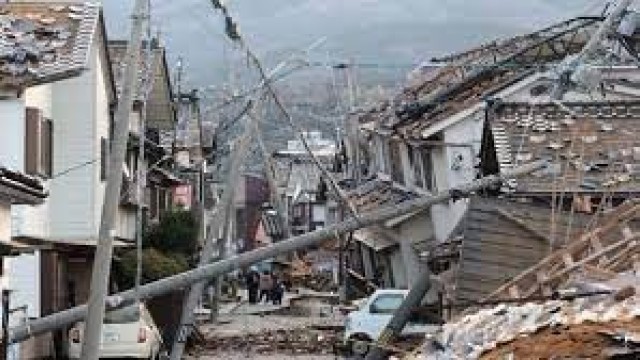
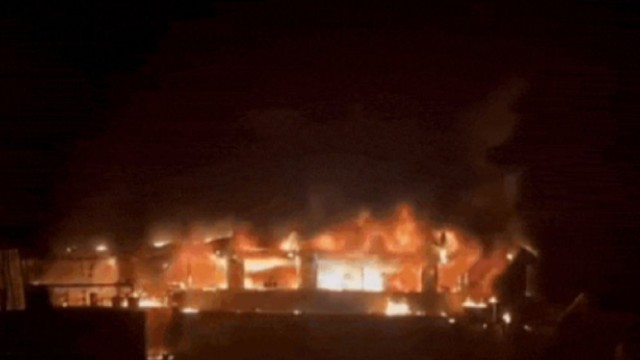
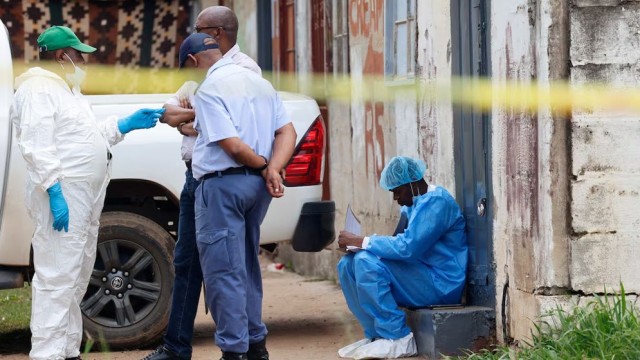
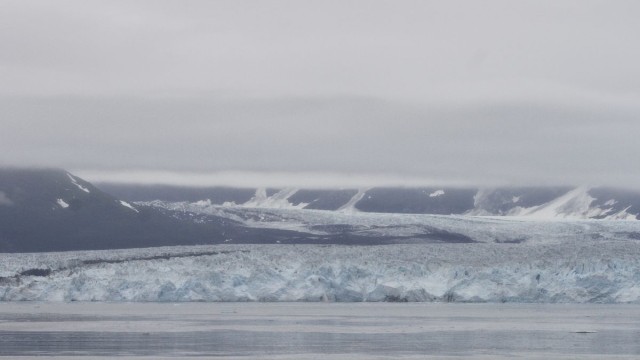
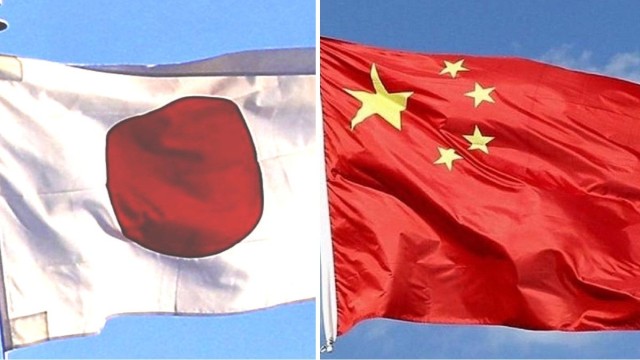

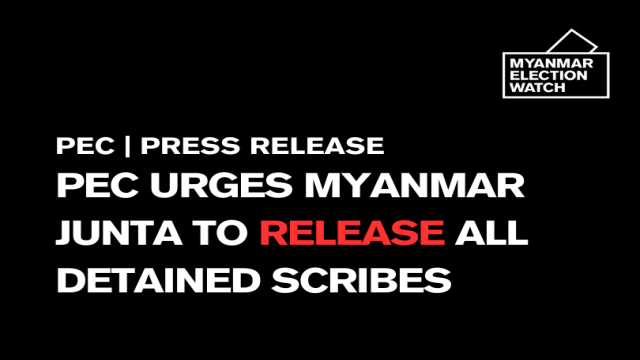
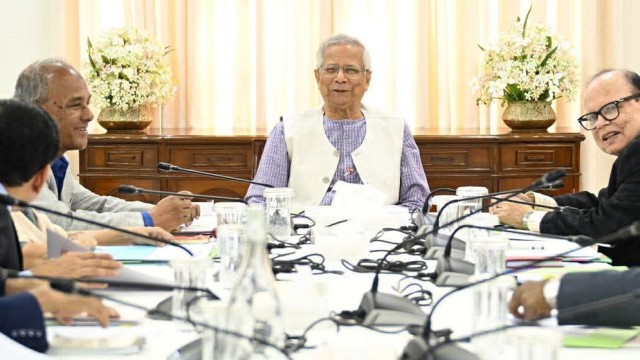
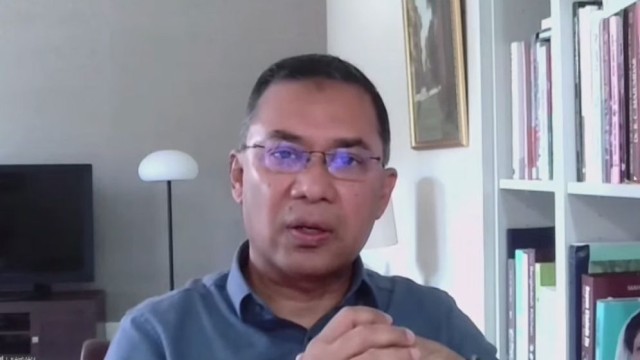
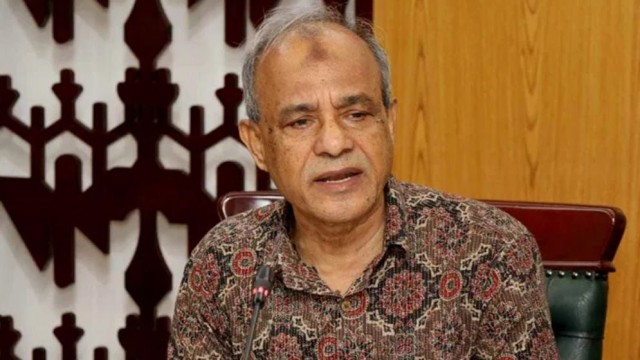
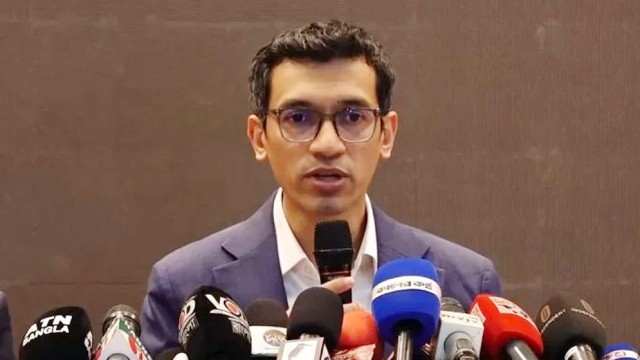
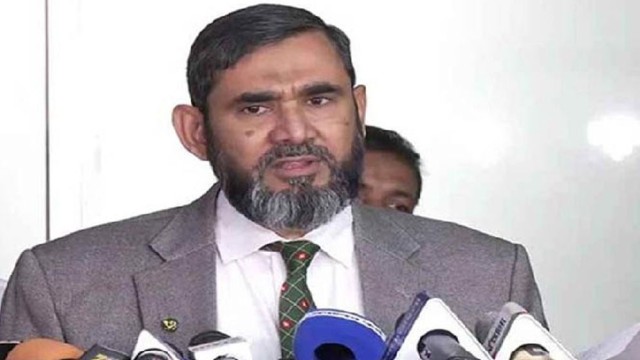
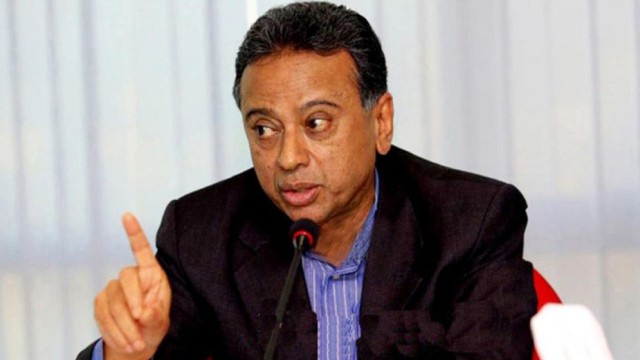
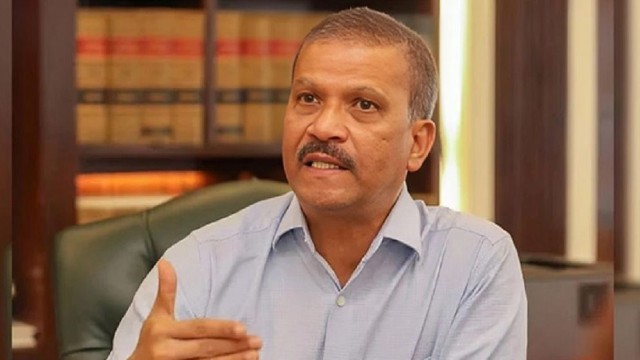
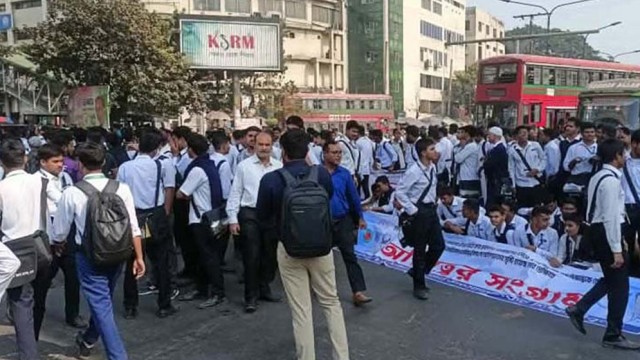
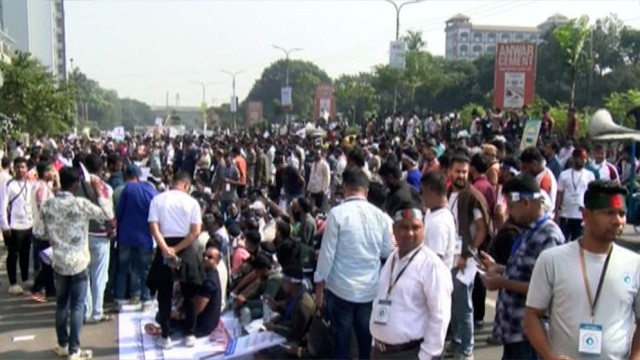
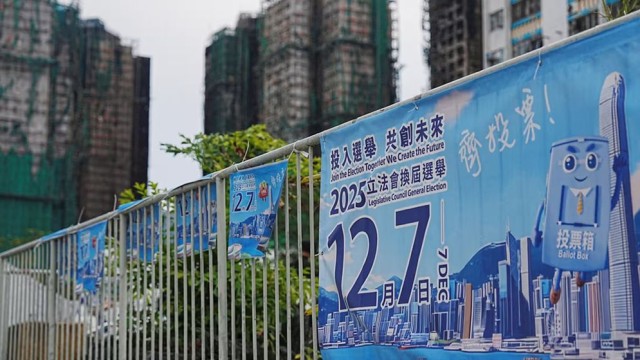

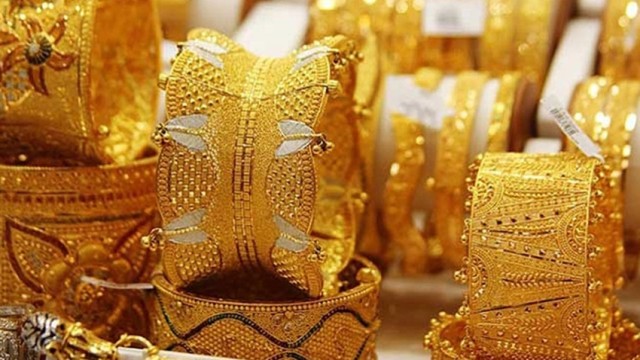
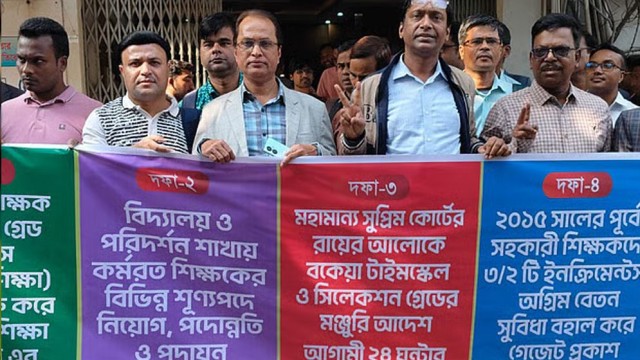


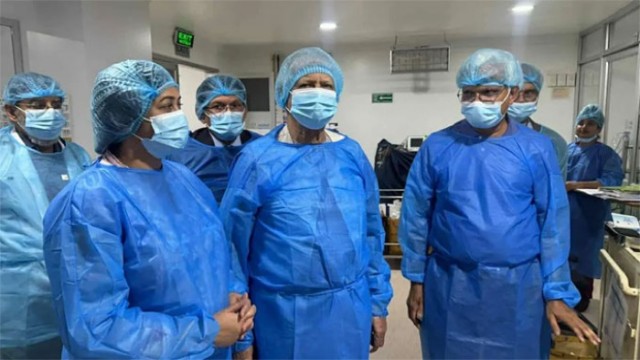
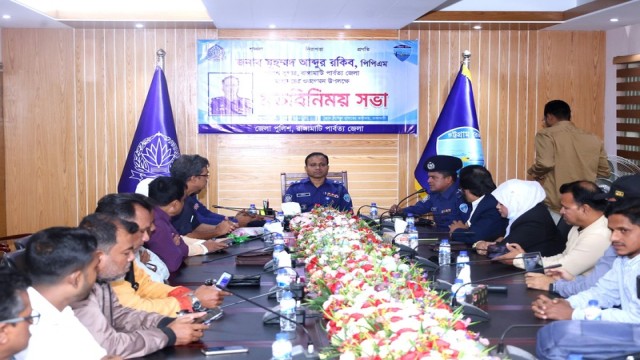
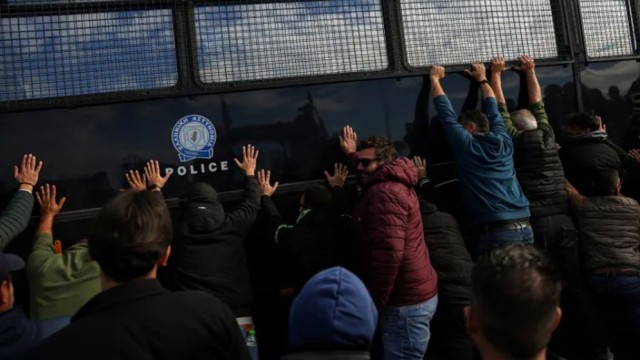



Comment: